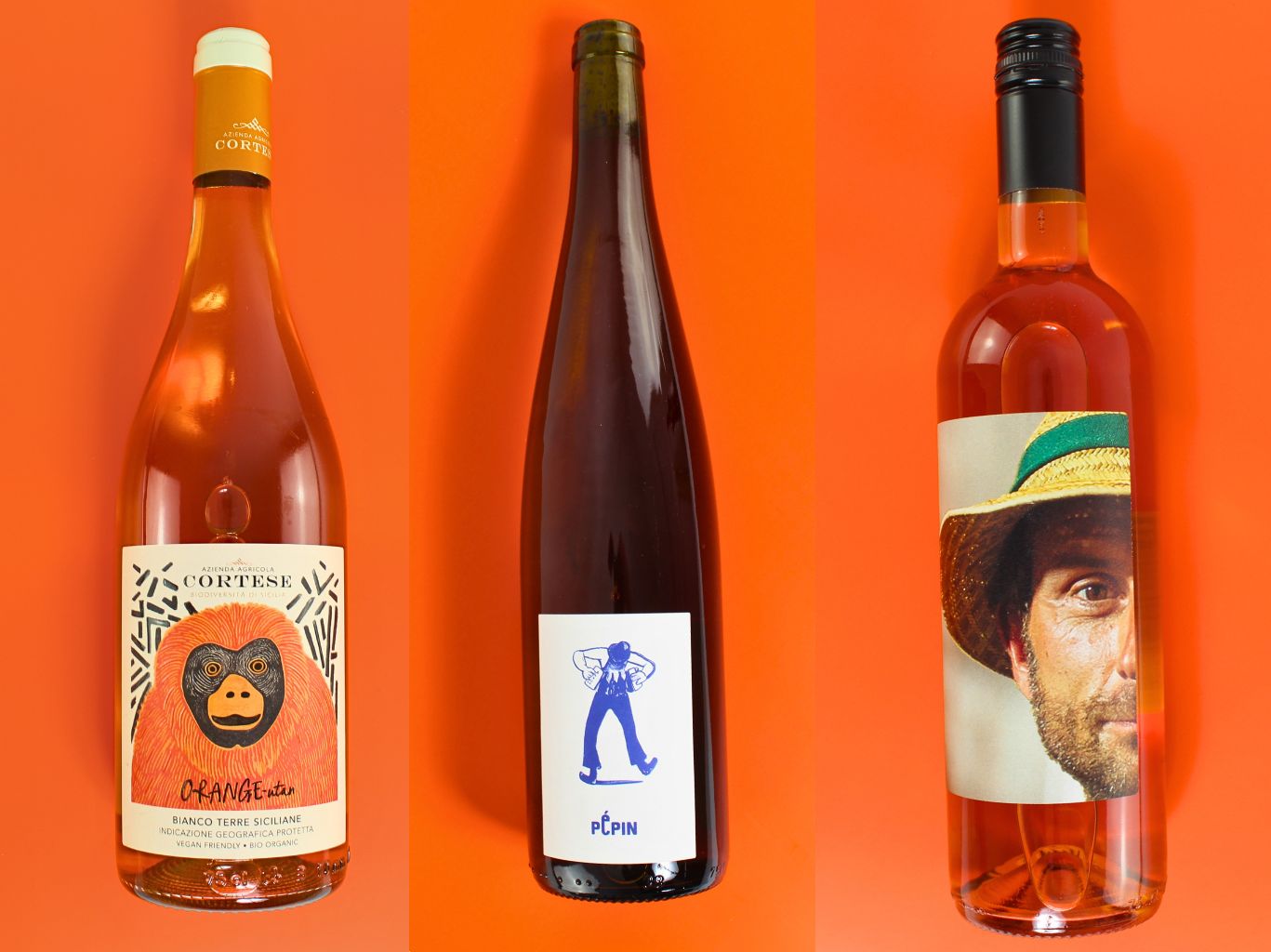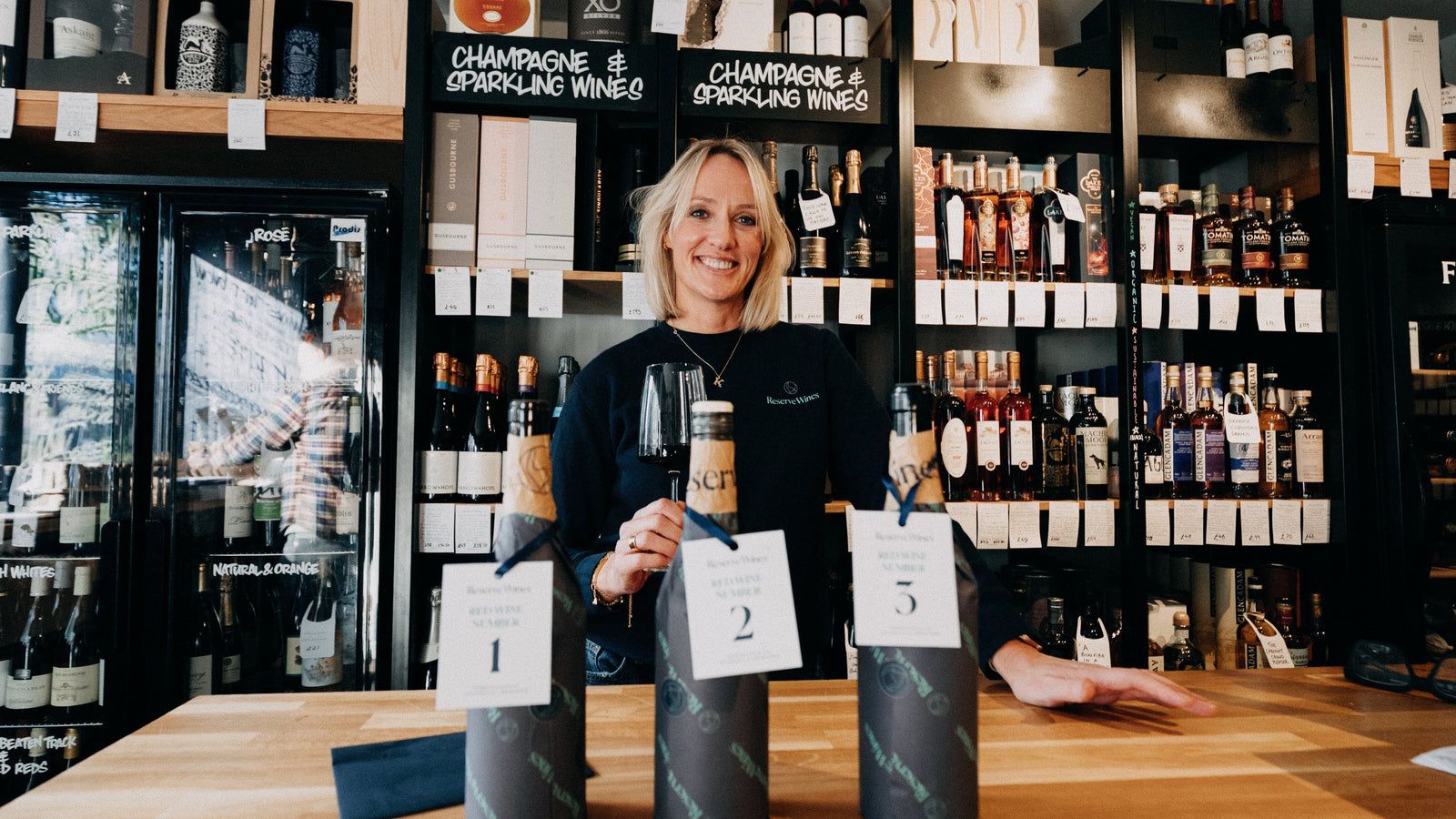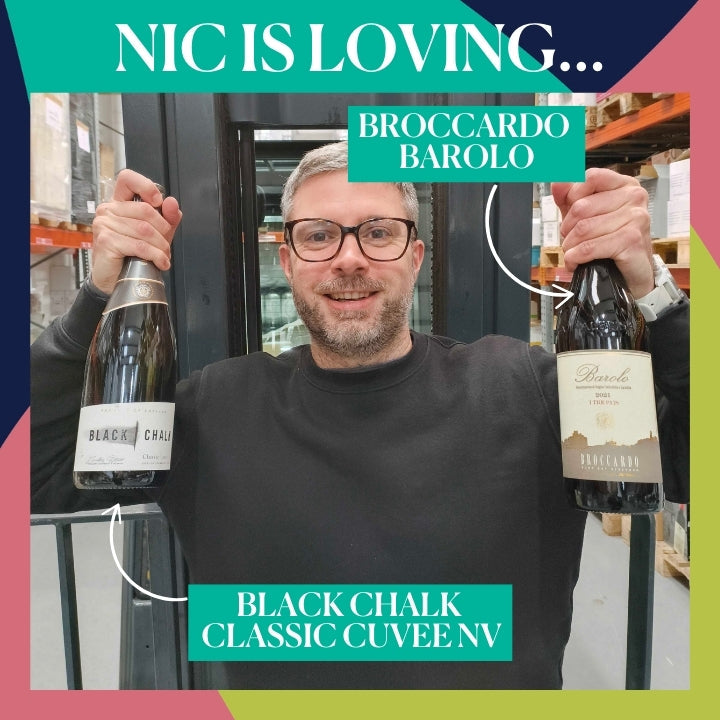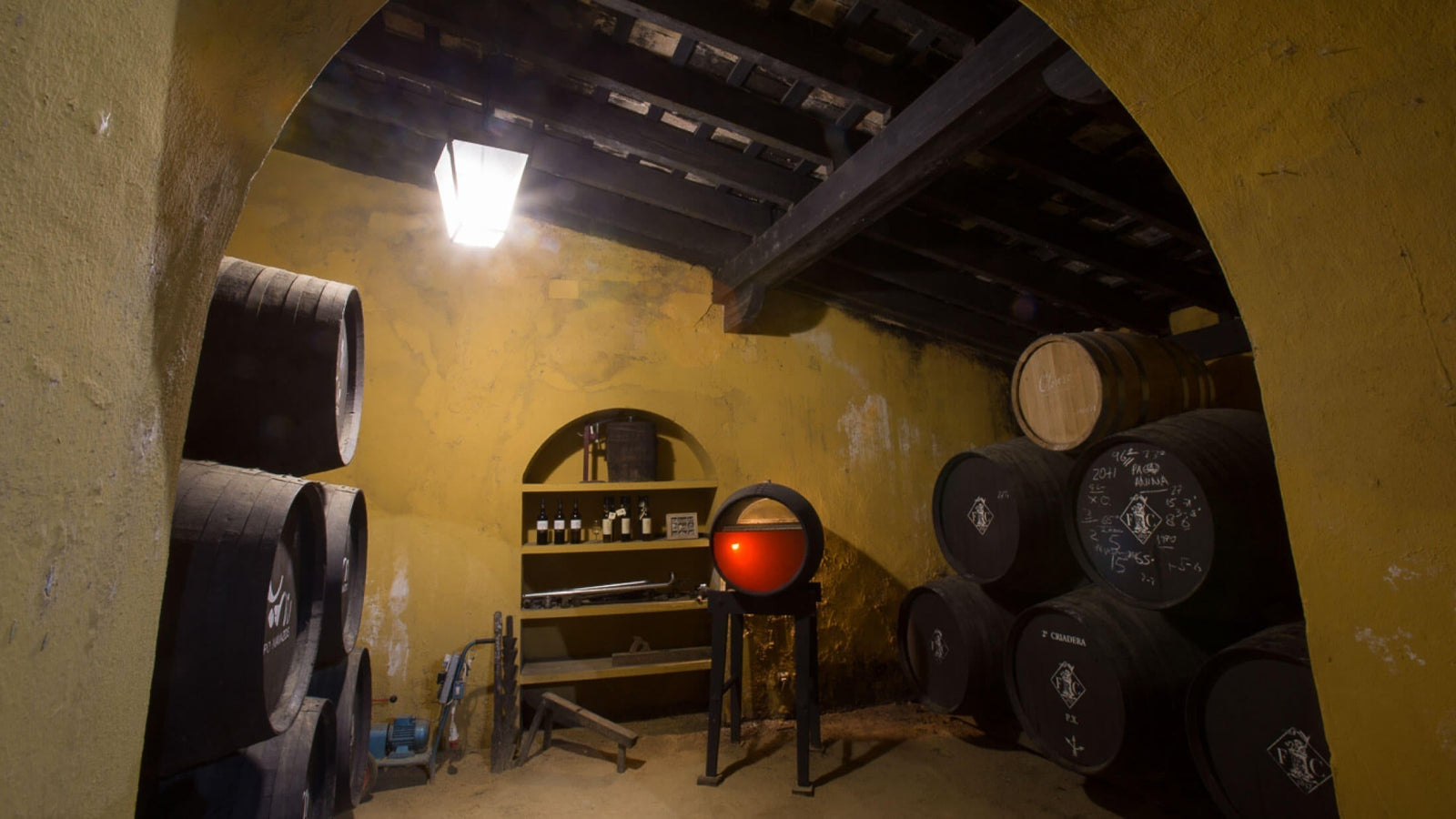What Is Orange Wine And Why Is Everyone Talking About It?
Once considered a quirky curiosity found only in independent bottle shops, orange wine is now the talk of the wine world. Whether it’s appearing on fine dining menus or gracing the pages of Instagram feeds, this unique style of wine has captured the attention of wine enthusiasts everywhere. But what exactly is orange wine, and what makes it so special?
Despite its name, orange wine isn’t made from oranges! Instead, it’s a style of skin-contact white wine that has been around for thousands of years. Let's break down what makes this wine so unique and why it's getting so much buzz.
What Is Orange Wine?
At its core, orange wine is simply white wine made in a way that’s more akin to red wine. Instead of pressing the grapes and separating the skins right away, the skins are left in contact with the juice during fermentation. This skin contact (which can range from a few hours to weeks) is what imparts the amber-orange hue to the wine, along with its rich texture and complex flavours.
This process also contributes to the presence of tannins, which are typically associated with red wines. Tannins add structure to the wine and play a huge role in food pairing (more on that in a moment).
How Does Orange Wine Taste?
When you pour a glass of orange wine, you can expect to encounter a variety of unique flavours. Aromatically, it’s often floral and spicy, with notes of stone fruit like apricot, and hints of honey, bruised apple, and sometimes nutty, herbaceous qualities. The skin-contact method enhances the depth of flavour, giving it a savoury and sometimes slightly funky edge - great for those who enjoy the more adventurous side of wine.

While orange wine can be made from any white grape variety there are a few standouts. These varieties contribute to the diverse flavour profiles of orange wines:
- Ribolla Gialla:A traditional choice in Northeastern Italy and Slovenia, known for producing dry wines with bold, stewed fruit and honey aromas.
- Rkatsiteli:An ancient Georgian grape variety that yields citrusy and resinous flavours with a deep red-orange colour.
- Pinot Gris: Often labeled as "Ramato" in Italy, this grape produces wines with a honeyed palate and rich, red-orange hues.
- Gewürztraminer:Valued for its complex aromatics and good acidity.
- Chardonnay: Frequently used for its versatility and ability to develop unique flavours during skin contact fermentation.
- Trebbiano: Commonly used in Italy for its balanced acidity.
- Malvasia: Known for its aromatic qualities and ability to produce rich flavours.
Other varieties such as Sauvignon Blanc, Gruner Veltliner, and Chenin Blanc are also occasionally used depending on regional preferences and winemaking styles. The choice of grape variety plays a crucial role in shaping the flavour profile and structural characteristics of orange wine.

The skin-contact method of white wine making dates back thousands of years in Georgia, where grapes were stored in large clay amphora vessels called Qvevri (pronounced Kev-Ree) and is one of the original winemaking techniques. It is no surprise that is is favoured by many low-intervention winemakers seeking a return to sustainable farming and hands-off approach in the winery. As such the rustic methods can allow for so-called 'funky' aromas and flavours (such as the horse blanket aroma of brettanomyces.) So if you like natural or low-intervention wines, orange wine is your next go-to.
How Should I Serve Orange Wine?
Serving orange wine is a bit different than your typical white wine or red. Due to its tannin structure and full-bodied profile, it requires careful attention to temperature and glassware.
Avoid serving orange wine too cold, as it can mute its flavours, or too warm, as the alcohol may overpower the nuances.
Temperature
Lighter Orange Wines like Rook en Spieels, Waas Semillon: Serve slightly chilled at 8–10°C to preserve their freshness.
Fuller-bodied or Tannic Orange Winessuch as Chelti, Kisi Qvevri 2021: Benefit from being served at 12–14°C to enhance their complex aromas and textures.
If the wine feels too cold, let it warm slightly in the glass to reach its optimal temperature.
Glassware
Use a glass with a wider bowl, similar to those used for red wine. This allows the wine to breathe and enhances its aromatic complexity. For a traditional experience, try a weightier orange wine at room temperature from a ceramic mug!
Food Pairings for Orange Wine
One of the appealing qualities of Orange wines is their versatility for food matching. The combination of bold flavour, subtle tannins and acidity means they have the right flavour and structure for a variety of foods - even those that are usually difficult to pair with.
Orange winesgo brilliantly with bold flavours – think Middle Eastern dishes, fermented foods, aged cheeses, and roasted vegetables. Their texture means they can even handle meatier meals. If you're looking for a wine to pair with both lamb and grilled fish dishes, the right orange wine can handle that.
Here's some of our favourite orange wine pairings:

Maremosso Bianco Catarratto IG- with a cauliflower and apricot vegetable tagine
This Sicilan cataratto's pithy texture and notes of ginger and sweet spices complement the tagine's sweet and savoury flavours.
Casa Balaguer, Tragolargo Blanco - with a fish curry
The Valencian wine's fresh stone fruit flavours and balanced acidity contrast the rich, spicy fish curry, bringing out the best in both.
Fattoria di Vaira, Vincenzo Blanco 2023 - with sushi and mixed sashimi
The wine's vibrant peach and apricot notes, along with its refreshing minerality, harmonise with the delicate flavours of sushi and sashimi.
Where to Buy Orange Wine in the UK
If all this talk of Orange wine has your thirsty for the amber stuff, you're in the right place. We’ve got a curated selection of top-notch orange wines from winemakers who are passionate about this style. Our preference is for well-made wines that offer all the fruit, spice and texture you want from this style while minimising the funky aromas that can obscure the complexities that make these wines interesting. We also try to offer a range that is accessible while still focusing on wines from smaller independent producers.
Here are a few to get you started:

Solara Orange Wine 2023- For The Orange Wine Newbie
As recommended by Guardian wine writer David Williams:
"Orange wine’s tannins can shock the unprepared: “What’s this red-wine-like texture doing in a wine that looks like an old white?” This well made, well priced example has a little of that but not too much grip and it’s combined with creamy apricot and subtle bitterness. A great starter example for the style."

Orovela Chambredi 2007 - The Hidden Gem
An aged, Georgian amber wine full of life with amazing fruit and a nutty finish. It’s rich and complex, yet still so fresh for its vintage. If you’ve been curious about orange wines, this is your chance to try something different without breaking the bank.

Achillee Pepin Orange NV- For The Sophisticated Sipper
This has all the classic Alsace aromatic varieties which really work well when there's slightly heavier skin-contact. It has a richer texture, lots of sweet spice, ripe fruit and firmer tannins, a great orange for someone a bit further along their natural wine journey and great for food pairing.
If you enjoy trying new wines, you'd love our Wine Club! Join our wine subscription and discover a new style every month – including standout orange wines.








Leave a comment (all fields required)